Well, so much for my good intentions. I must apologize again
for the long delay in writing, especially after promising more in the coming
days after my last post. Although, perhaps you should thank me. I am giving whomever
cares a God-like experience; how often do we apologize for our sinfulness and
promise God that we will do better, only to fall again and again? I will ask
you all to be Christ to me and forgive me each time I fail to deliver; perhaps
one of these times I will deliver.
With that aside, I would like to talk about Art Week II. The
focus of these four days was on the Renaissance and Baroque styles. The art of
these periods is incredible. The details and realism achieved by the sculptors
and painters is unbelievable, and the architects built some absolute marvels.
The interesting thing to me about the art of these periods
is the transition from flat, unrealistic art in the Middle Ages (still beautiful and masterful in its own way) to the highly detailed and realistic art in the Renaissance and Baroque periods. Here is an example of the transition, first in paintings, then in sculpture:
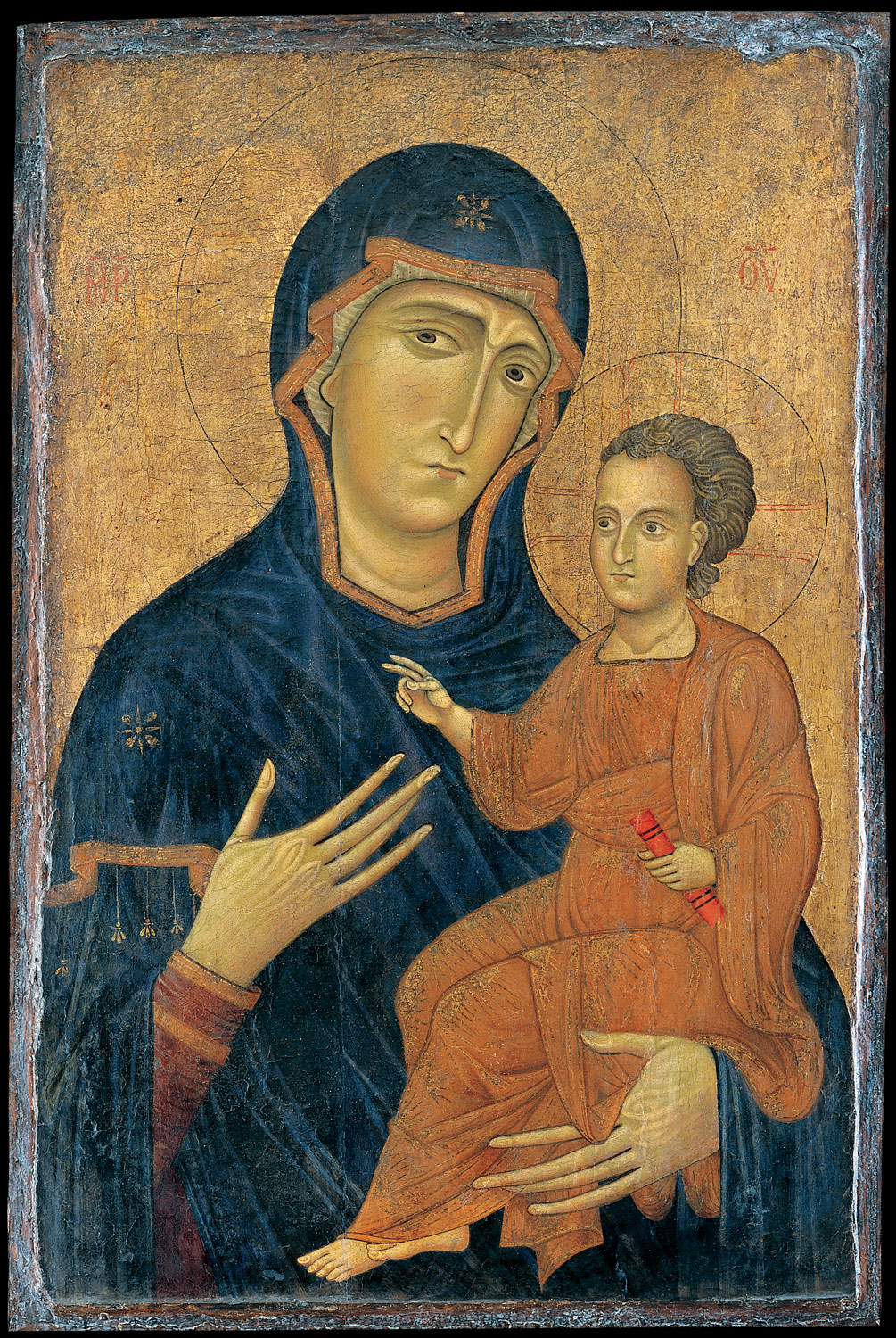 |
| Madonna and Child, Berlinghiero, 13th century Kiss of Judas, Giotto, 14th century  |
 |
| Painting by Fra Angelico, 15th century |
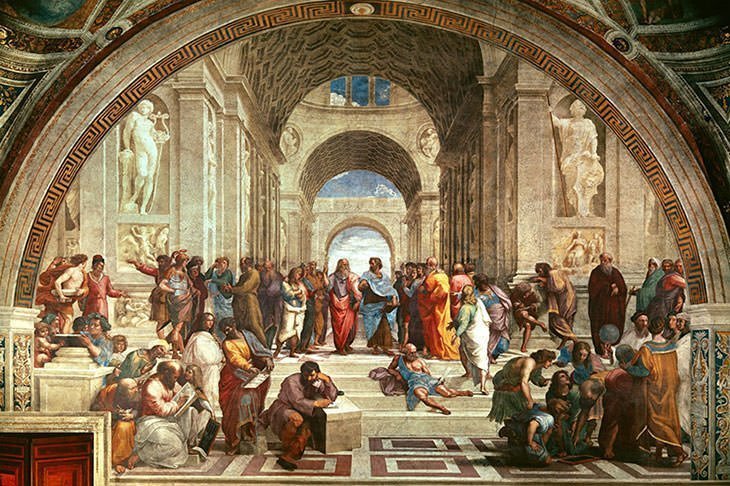 |
| The School of Athens, Raphael, 16th century |
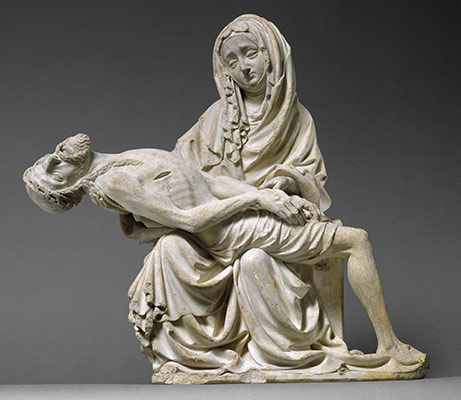 |
| Medieval Pieta |
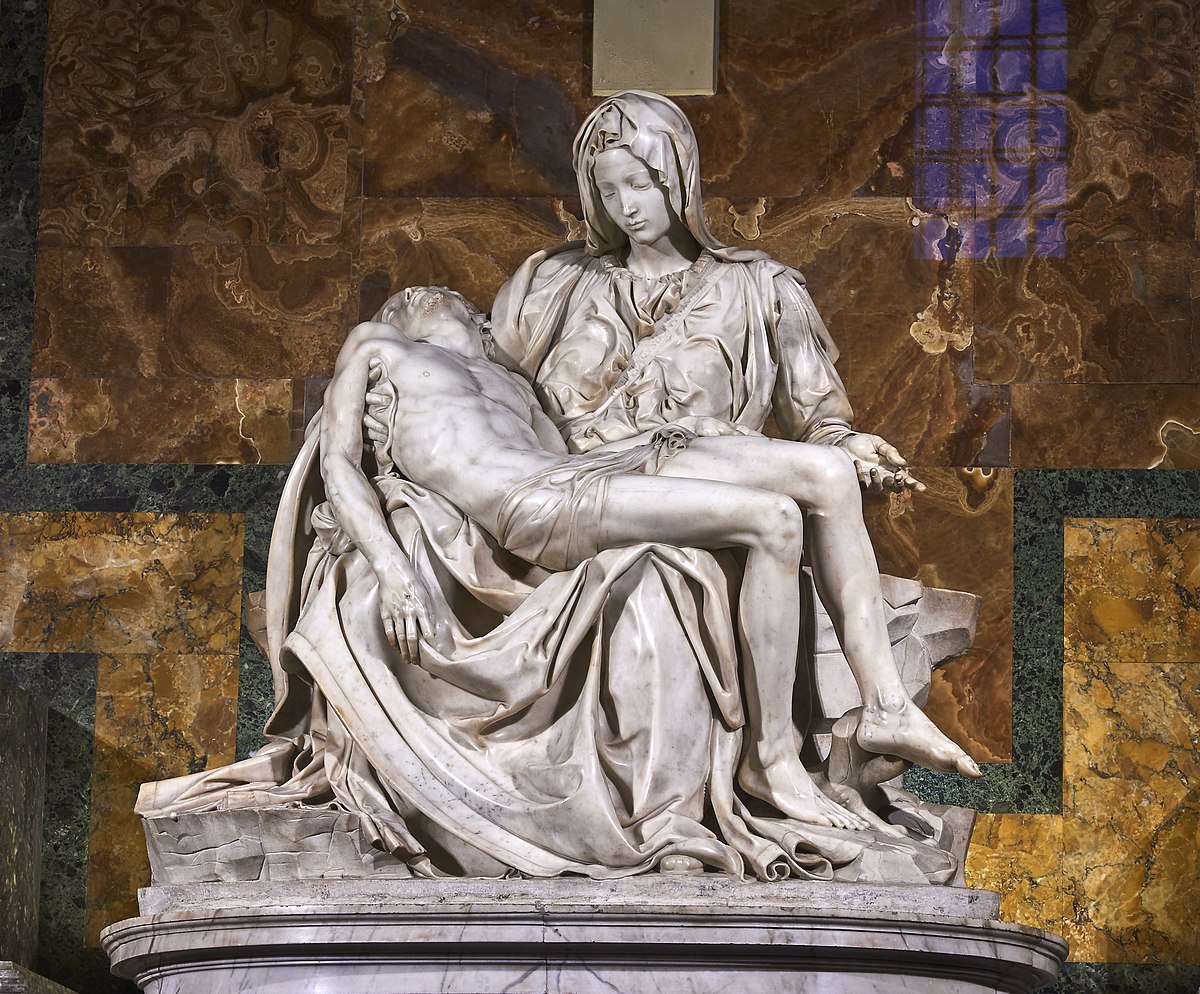 |
| Pieta, Michelangelo, Renaissance |
 |
| The Ecstasy of St. Teresa, Bernini, Baroque Period |
The visits were mostly to museums, churches, and villas
where there are collections of art (the buildings themselves often being a work
of art). I will close with a list a few of my favorite churches, as well as some of my
favorite artists in case anyone is interested in getting a taste of what
I saw.
Churches:
St. Peter's Basilica (Renaissance/Baroque)
The Gesu (Baroque)
The Church of Saint Ignatius of Loyola (Baroque)
Painters:
Fra Angelico (Early Renaissance painter and Beatified Dominican Friar)
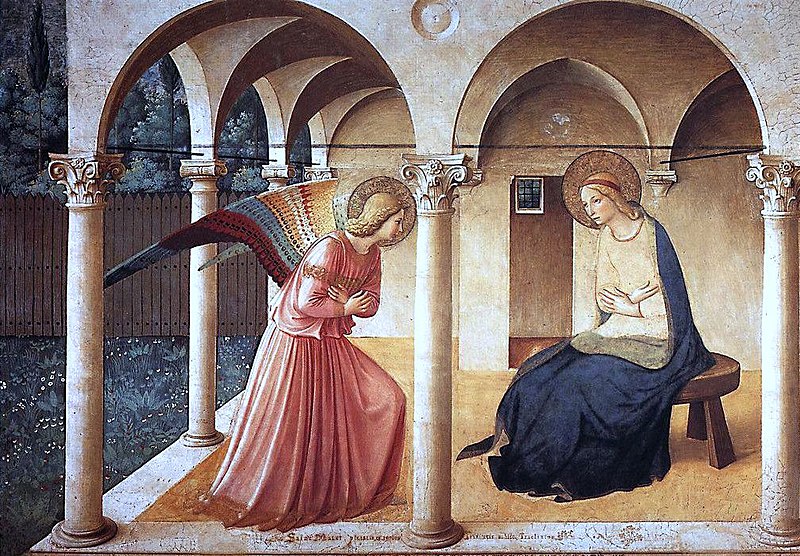 |
| The Virgin of the Annunciation |
Raphael (High Renaissance painter and Ninja Turtle. I especially like his works in the Vatican Museums)
 |
| The Disputation of the Holy Sacrament |
 |
| Madonna of the Meadow |
Caravaggio (Baroque painter with a very interesting and intimate painting style)
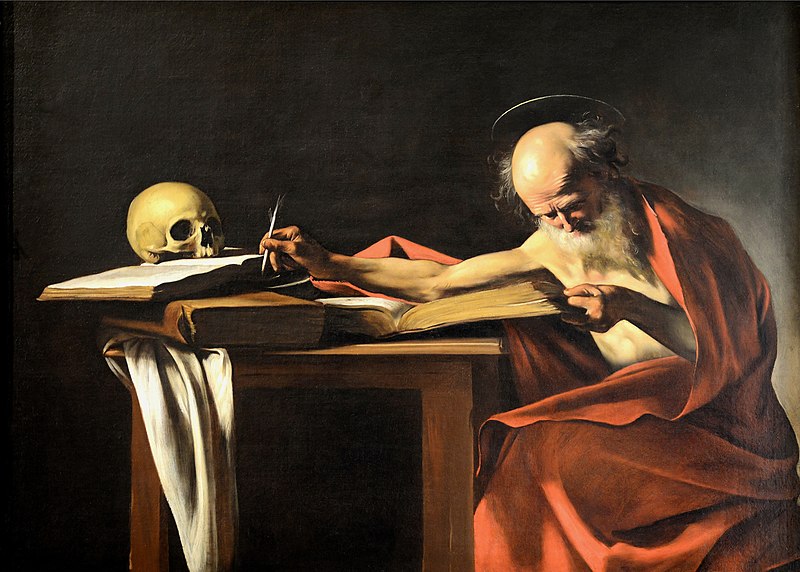 |
| St. Jerome The Crucifixion of St. Peter 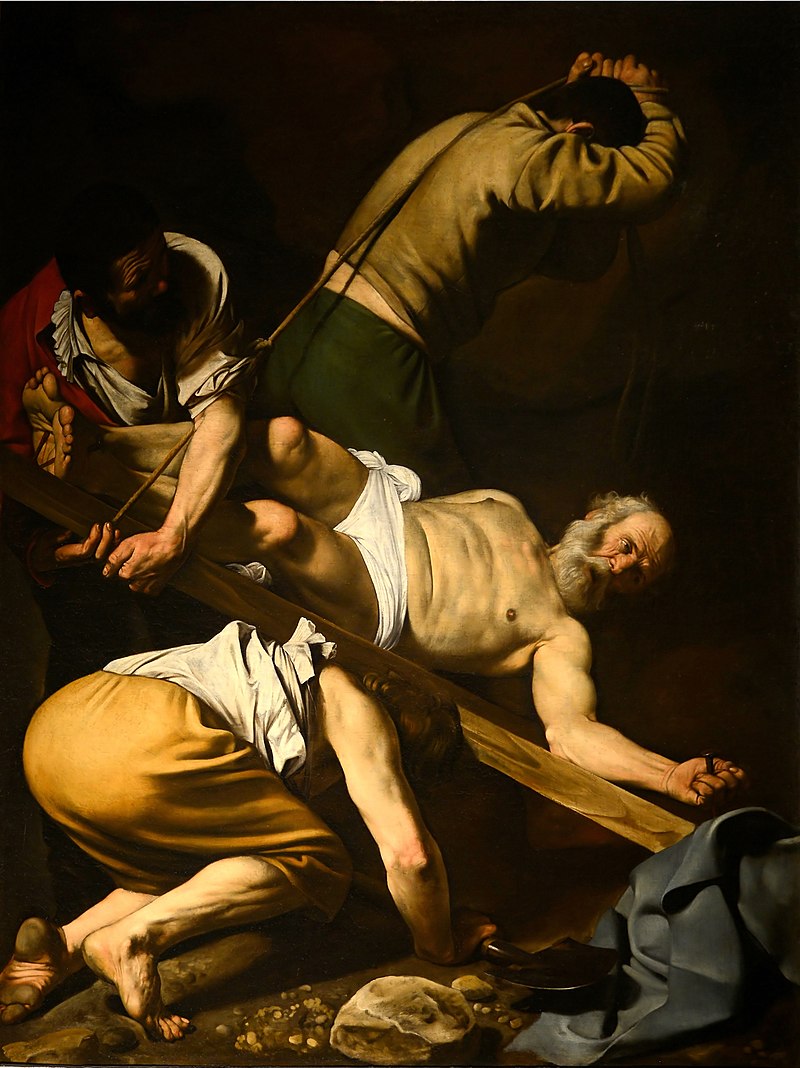 |
Sculptors:
Michelangelo (High Renaissance sculptor, painter, and architect)
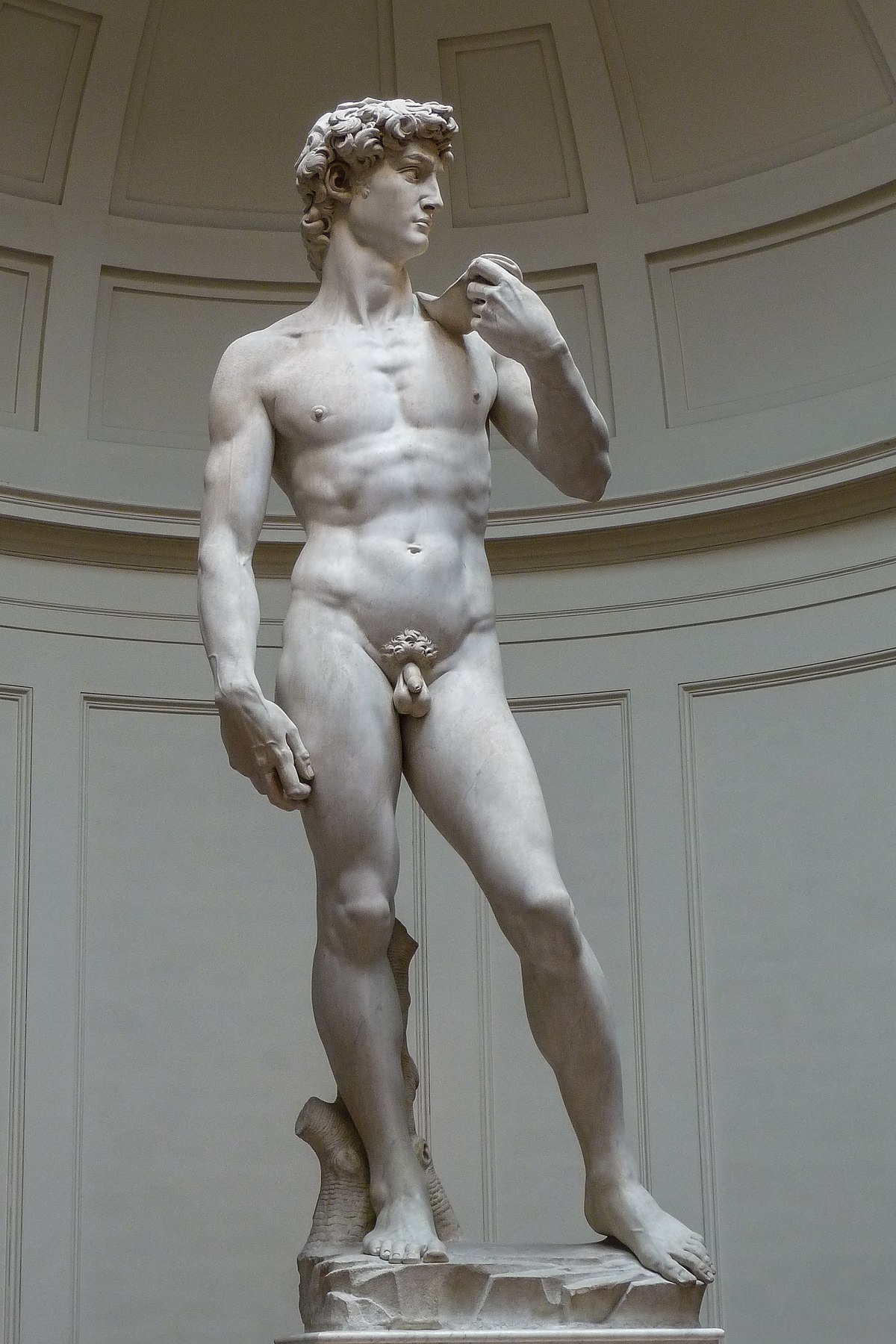 |
| David |
Bernini (Baroque sculptor and architect. Check out Apollo and Daphne, David, Apollo and Daphne, The Rape of Proserpina, and Ecstasy of Saint Theresa)
 |
| Detail of The Rape of Proserpina. The realism of the fingers on the thigh is incredible. |
 |
| David |